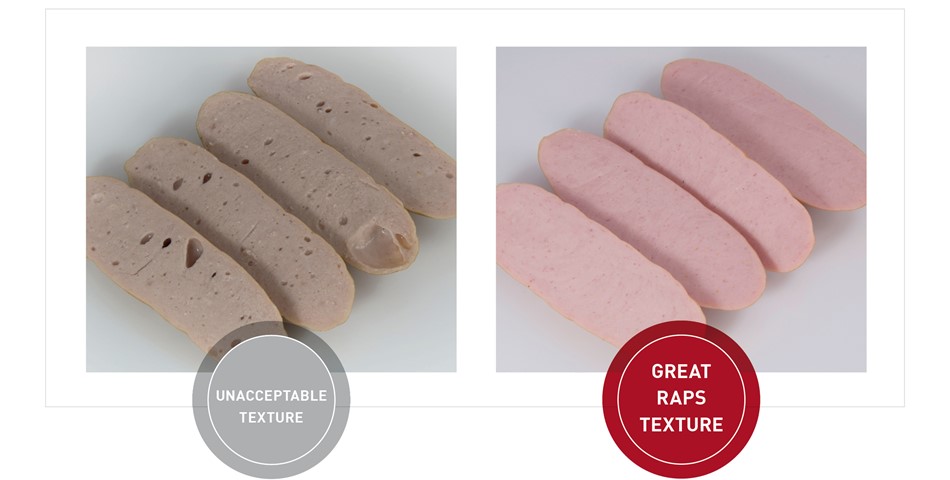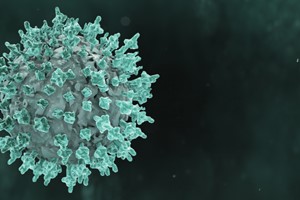Hearty meat dishes such as beef burgers, chicken nuggets or boiled sausages are popular meals and snacks throughout the world. The constantly rising level of global meat consumption means that many consumers are getting extremely cost-conscious when buying. By contrast, they are still looking for high quality, value-for-money products and are less willing to compromise on sensory properties such as taste and texture. At the same time, consumers are carefully checking on-pack ingredient lists to make sure there are no unpleasant surprises inside. For manufacturers, keeping the price low and maintaining quality standards can be a challenge. Furthermore, taste preferences vary by country or region. As a result, functional texturizers that meet consumer demands and accommodate manufacturing economic requirements is becoming more and more crucial for the meat industry.
On track with texture
The global rise in meat consumption has also had an impact – albeit somewhat geographically diverse — in the Middle East and North Africa (MENA). From 1961 to 2013, the per capita meat consumption in Kuwait doubled (47.45 compared with 82.88 kg), it nearly tripled in Egypt and, in Saudi Arabia, it grew approximately six-fold. What’s more, the Gulf Region is set to become one of the fastest growing regions for Halal meat consumption, with beef being a secondary protein source in most MENA diets after chicken and fish.
When buying finished meat products such as minced burgers or hot dog sausages, the main criteria for consumers are the texture, juiciness and color of the product. For example, market analysis has shown that consumers want emulsified sausages with a uniform and smooth surface, a meat-adequate fibrosity and precisely tailored juiciness.


Good sliceability and crispness are very important too. When developing meat texturizers, it’s vital to understand what the “right” texture of the end product should be. With sausages, properties such as hardness, consistency and masticability play an important role. A poor texture with uneven binding, air bubbles or an unappetizing color is usually caused by the use of low quality raw materials, unsuitable additives or poorly formulated recipes. As such, there are many products on sale that have huge potential for improvement.
A stepwise approach to development
When developing new products, manufacturers have to get the consumer on board at an early stage of the process to avoid rejection. With this in mind, German-based ingredients supplier RAPS had approached test audiences in 14 different counties across Europe, as well as in the Middle East, particularly in Jordan and Saudi Arabia. During the empirical study, test groups of consumers evaluated the texture of meat products made with the new functional ingredients.
The results of the sensory test were then incorporated into the texturizer’s development program to provide a wide range of solutions in terms of basic ingredients. In the end, RAPS experts have developed different texturizers that optimize the consistency, firmness and viscosity of the sausage mass during the chopping process. All of the new ingredients are suitable for high, middle and low raw material quality, easy to use in manufacturing processes and reduce purge-like drip or freeze-thaw loss. The texturizers work with all types of meat-sorts and are almost all Halal compatible.
For manufacturers, it’s good news that, with the right texturizers, production economics can be optimized and consumer needs, in terms of sensory, functional and economical attributes, can be well and truly met.














